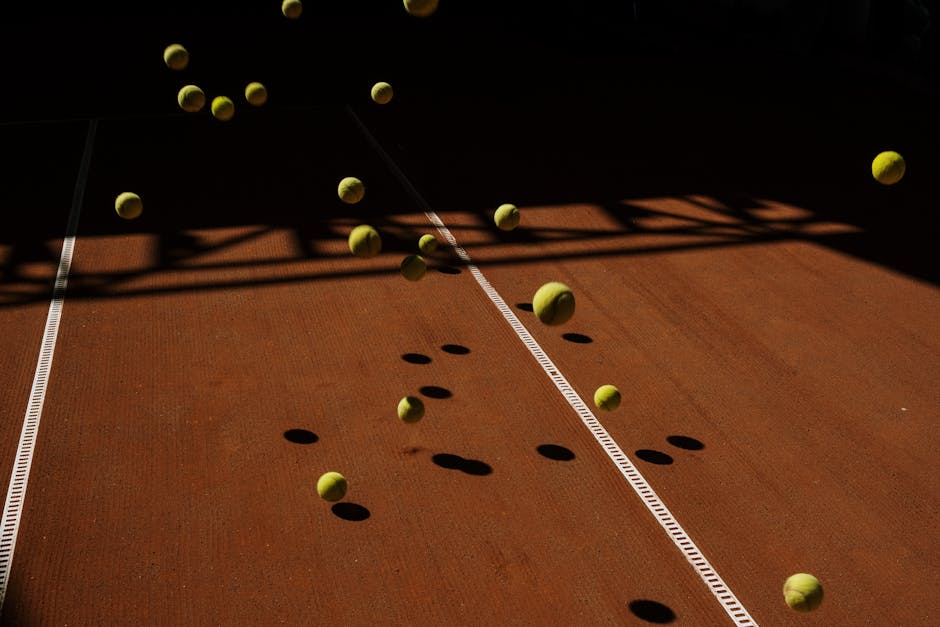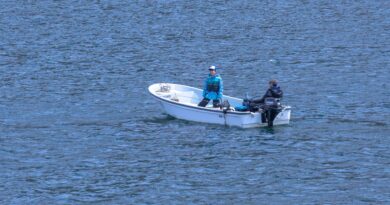The Impact of Physics in Sailing Game Realism
When it comes to sailing games, realism is a key factor that can make or break the player’s experience. The incorporation of physics into these games plays a crucial role in creating a sense of authenticity and immersion for players. By simulating the intricate interactions between wind, water, and boat mechanics, physics engines in sailing games elevate the gameplay to a whole new level. In this article, we will explore the profound impact of physics in sailing game realism, delving into the intricacies of how this science shapes the virtual sailing experience.
The Science Behind Sailing Physics

Sailing, both in reality and in games, is heavily reliant on the principles of physics. The way a sailboat moves through the water, changes direction, and harnesses the power of the wind is governed by a complex interplay of forces. In sailing games, developers strive to replicate these physical phenomena as accurately as possible to provide players with a realistic and engaging experience.
One of the fundamental concepts in sailing physics is aerodynamics, which deals with the behavior of air and wind. The interaction between the sail and the wind determines how the boat accelerates, decelerates, and maneuvers. By incorporating accurate aerodynamic models into their games, developers can simulate the effects of wind direction, speed, and turbulence on the boat’s movement.
Realistic Water Simulation

Another crucial aspect of sailing game physics is the simulation of water dynamics. The behavior of the water, including waves, currents, and tides, has a significant impact on how a sailboat handles in the game. Realistic water simulation adds depth and challenge to the gameplay, requiring players to adapt to changing conditions and navigate their boats skillfully.
Developers use fluid dynamics algorithms to model the movement of water in sailing games. These algorithms take into account factors such as wave height, wave direction, and water viscosity to create a believable and dynamic water environment. By accurately reproducing the effects of waves and currents on the boat, developers can enhance the sense of immersion and realism in the game.
Boat Physics and Mechanics

In addition to simulating external forces such as wind and water, sailing game physics also encompasses the mechanics of the boat itself. The design and characteristics of the sailboat, including its hull shape, sail area, and keel type, play a crucial role in determining how the boat performs on the water.
Developers pay close attention to these details when creating the physics model for a sailboat in a game. By accurately representing the boat’s dimensions, weight distribution, and propulsion systems, developers can ensure that the boat handles realistically in different sailing conditions. Players can feel the difference in performance when sailing a lightweight, nimble dinghy compared to a heavy, stable keelboat, adding variety and depth to the gameplay.
Challenges and Limitations of Sailing Game Physics

While physics engines have come a long way in simulating realistic sailing experiences, there are still challenges and limitations that developers face. One of the main challenges is balancing realism with playability. While accurate physics simulation is essential for authenticity, it can sometimes lead to overly complex and unforgiving gameplay that may alienate casual players.
Developers must strike a balance between realism and fun, finding ways to simplify complex physics concepts without sacrificing accuracy. This often involves tweaking parameters, adding assistive features, or implementing gameplay mechanics that help players understand and master the nuances of sailing physics.
Impact on Player Skills and Learning
One of the most significant impacts of physics in sailing games is its role in enhancing player skills and learning. By accurately modeling the physical forces at play in sailing, games can serve as valuable training tools for aspiring sailors or enthusiasts looking to improve their sailing techniques.
Players who engage with realistic sailing simulations can gain a better understanding of how wind, water, and boat mechanics interact to propel the boat forward. They can learn how to adjust sail trim, steer effectively, and navigate challenging conditions by applying real-world sailing principles in the virtual environment. This knowledge can then be transferred to actual sailing experiences, enabling players to become more proficient sailors in the real world.
Future Trends and Innovations
As technology continues to advance, we can expect to see further innovations in sailing game physics that push the boundaries of realism and immersion. The integration of virtual reality (VR) and augmented reality (AR) technologies, for example, can provide players with even more immersive sailing experiences by placing them directly in the cockpit of a virtual sailboat.
Additionally, advancements in artificial intelligence (AI) and machine learning algorithms can further enhance the realism of sailing game physics by creating more dynamic and adaptive environments. AI-powered NPCs (non-player characters) could simulate realistic human behavior on the water, adding an extra layer of challenge and unpredictability to the gameplay.
Conclusion
In conclusion, the impact of physics in sailing game realism cannot be overstated. By accurately simulating the physical forces that govern sailing, developers can create immersive and engaging experiences that challenge players to master the art of sailing. From realistic water dynamics to detailed boat mechanics, every aspect of sailing game physics contributes to the overall authenticity and depth of the gameplay.
As we look to the future, we can expect to see even more innovations in sailing game physics that elevate the virtual sailing experience to new heights. Whether you’re a seasoned sailor looking to hone your skills or a gaming enthusiast seeking a unique and challenging experience, the world of sailing games offers a compelling blend of physics, technology, and adventure.




